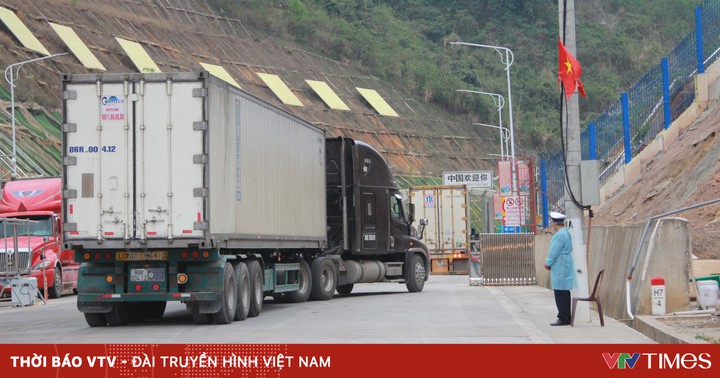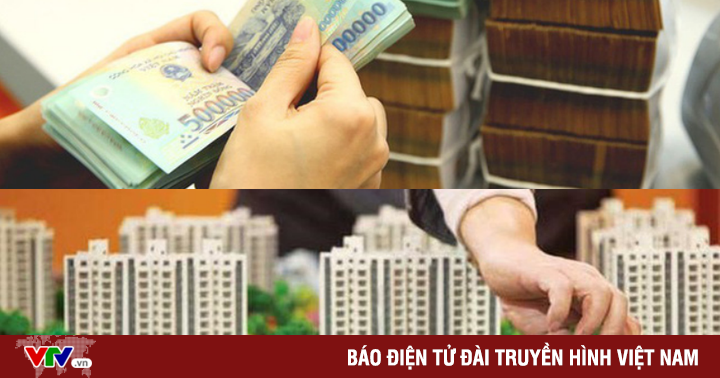Textile and garment exports increase, China is the second largest market
Textile and garment exports flourished
On May 13, the Vietnam Textile and Apparel Association (Vitas) cooperated with IFC (a member of the World Bank group) to organize a workshop on sustainable production for the textile and garment supply chain in Ho Chi Minh City.
Mr. Vu Duc Giang – Chairman of the Vietnam Textile and Apparel Association (Vitas) assessed that after the pandemic, the Vietnamese textile and garment market has begun to prosper. Specifically, in the first 4 months of 2022, Vietnam’s textile and garment export turnover has reached nearly 11 billion USD, an increase of nearly 21% over the same period in 2021.
In which, the major markets of Vietnam’s textiles and garments such as the US, Europe, and Japan… all recorded positive growth. Besides, there are opportunities from investment solutions to develop domestic supply chains and reduce imports. Currently, all localities are creating favorable conditions for this investment.
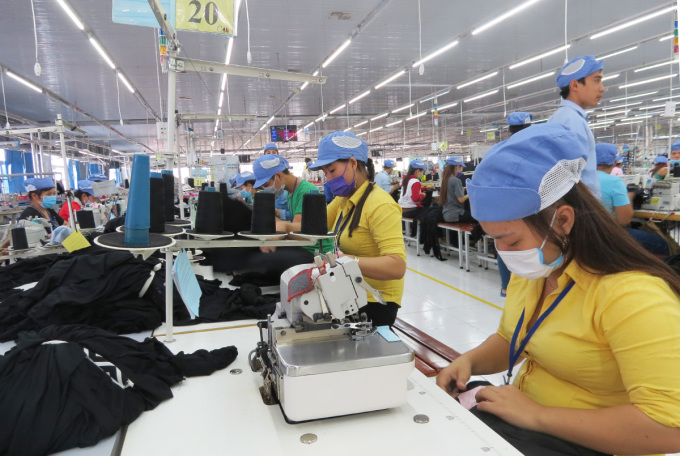
The textile and garment industry has achieved many signs of prosperity in recent months. Photo: LT
Notably, textile exports to China are growing strongly. Currently, this is the second largest market of Vietnam’s textile and garment, after the US market. China’s imported products from Vietnam include yarns of all kinds, jackets, shirts, children’s clothes…
Ms. Nguyen Thi Tuyet Mai – Deputy Secretary General of Vitas assessed that the Chinese market is quite sustainable because this is the most economically developed and populous country in the world. Many factories in Vietnam are processing yarns to export to this market.
Commenting on the coming time, Vitas leaders assessed that the Vietnamese textile and garment industry faces great opportunities from the signed free trade agreements. Especially, the RCEP Agreement that has just come into effect from the beginning of 2022 is a great opportunity.
Challenges for the textile industry
Ms. Nguyen Thi Tuyet Mai said that besides opportunities, Vietnam’s textile and garment industry also faces three big challenges. The first challenge is that the global supply chain is still being affected by the pandemic, leading to supply chain disruptions. Next is the fact that all brands have made requirements on the use of recycled products, while this supply chain of the Vietnamese textile and garment industry is still limited. The final challenge is about labor resources.
Currently, Vietnam has opened up labor export activities and opened the door for industries to enter Vietnam, thereby bringing great opportunities for workers but also challenges for businesses. Without strategic investment solutions, businesses will face many difficulties.
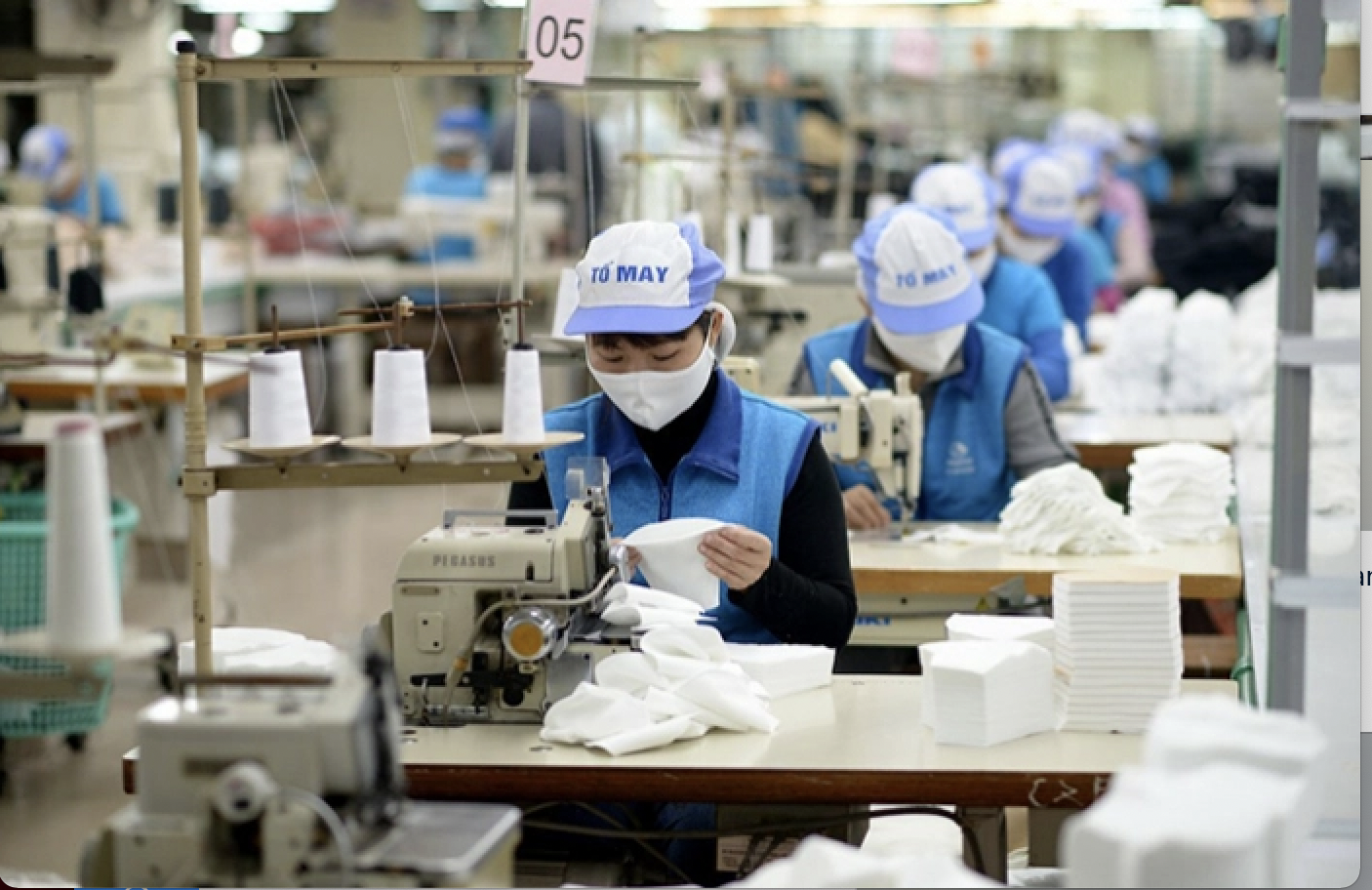
Textile enterprises still face many challenges. Photo: LT
Besides, although the textile and garment market is thriving, many competitors of Vietnam’s textile and garment such as China, Bangladesh, India… also accelerated and made great efforts to make up for the shortfall in turnover during the year. 2021.
Regarding the requirements for recycled products, Mr. Vu Duc Giang said that currently the European market has set specific requirements for the next 10 years. Therefore, if businesses do not keep up with this trend, they will face great challenges. Vitas encourages businesses to use recycled fiber products from recycled fibers more to meet the requirements of brands.
Vitas leaders recommend that businesses must invest up to standards according to the evaluation system of brands, in terms of infrastructure, machinery and equipment, wastewater treatment system, working environment for employees. … Meeting these requirements will open up great opportunities for businesses. Along with that is compliance with labor policies.
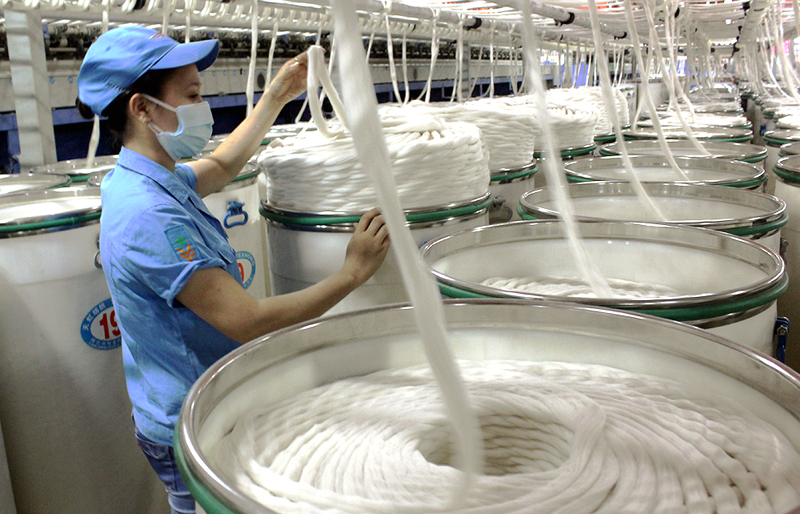
The Chinese market is growing in terms of yarn exports. Photo: BĐT
The Vietnam Textile and Apparel Association forecasts that in 2022, the textile and garment industry is estimated to achieve an export turnover of 42 – 43.5 billion USD. To achieve this plan, a number of short-term solutions have been applied by units such as converting yarn indexes, changing products, and producing new blended yarns to reduce input cotton materials.
In the long term, textile enterprises will have to build a system with common standards, minimizing risks.
at Blogtuan.info – Source: danviet.vn – Read the original article here
